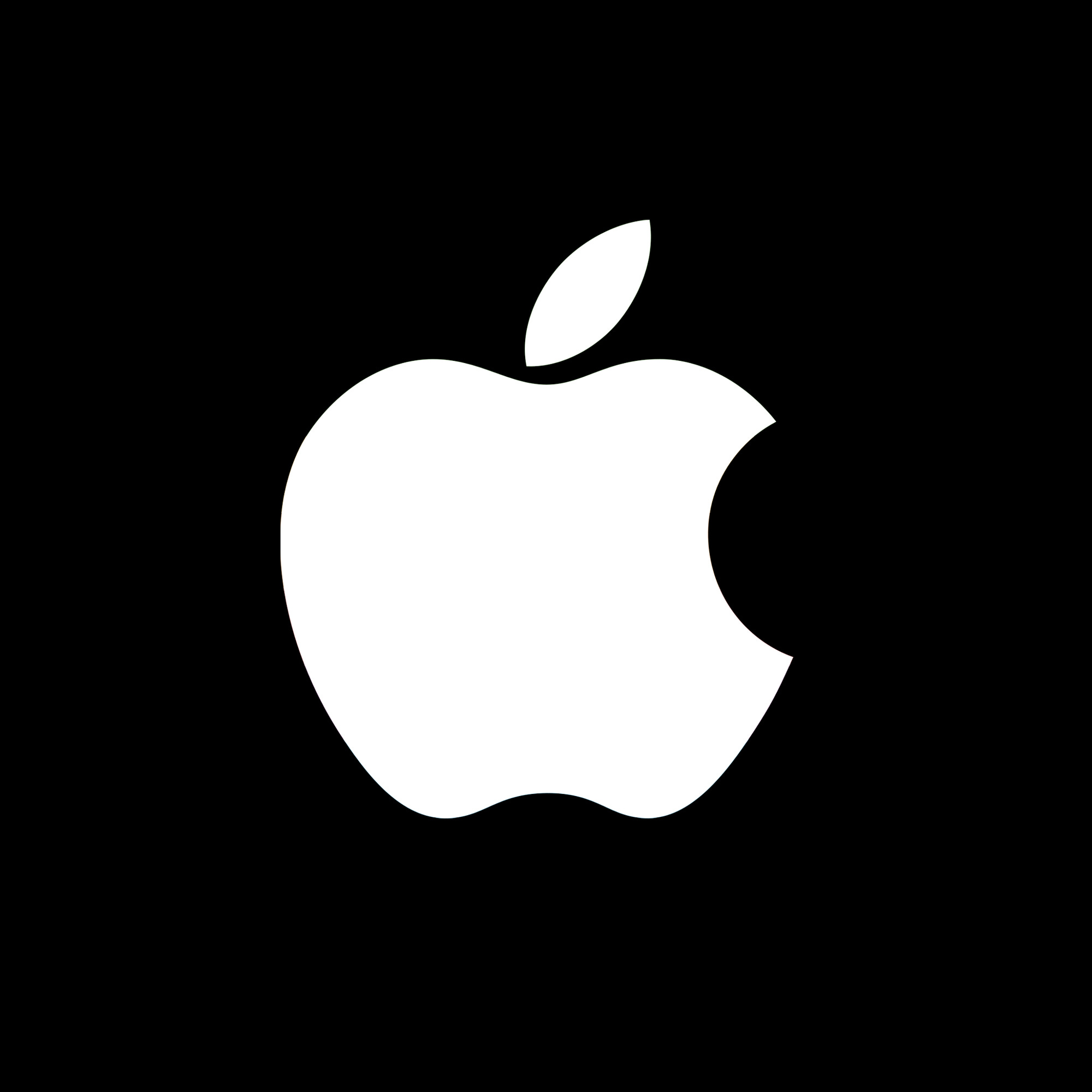Unveiling Apple’s Charging Port Evolution: Convenience or Cash Grab?

By: Garrett Paine
Apple, the most popular and used tech brand across the entire world often finds itself in a controversy. One recurring issue that has sparked debate among consumers is the company’s tendency to change charging ports and compatibility of accessories with each new device release. While Apple argues that these changes are driven by technological advancements and user experience improvements, many users feel they’re being scammed into buying new accessories and adapters.
The Port Predicament
Apple’s history of charging port changes dates back to the introduction of the Lightning connector in 2012, replacing the 30-pin dock connector used in previous iPhone models. While Lightning brought benefits such as faster data transfer and a reversible design, it also rendered existing accessories and peripherals obsolete, forcing users to purchase new cables, chargers, and docks.
Fast forward to recent years, and Apple has once again stirred controversy with its decision to transition from Lightning to USB-C ports in some of its devices, such as the iPad Pro and MacBook. While USB-C offers faster charging speeds and greater versatility, the move has left users with a dilemma – invest in new accessories or contend with cumbersome adapters and compatibility issues.
The Cost of Convenience
For consumers, the constant need to upgrade accessories and adapters to keep up with Apple’s port changes can be frustrating and costly. From proprietary Lightning cables to USB-C chargers and dongles, the expense of maintaining a functional ecosystem of Apple products can quickly add up, leading many to question whether the convenience of these always changing charger ports and cables are just another way for these big companies to make more and more money.

The Apple Perspective
Apple states that the change in charging ports and cables needed for their products have solely to deal with the experience they provide. The USB-C allows for faster charging, data uploads, and more compatibility. Apple also states that the direction that technology is headed the wireless advancements offer alternate solutions for changing traditional charging ports.
Conclusion
The debate surrounding Apple’s charging port evolution is very two sided, encompassing issues of convenience, cost, and environmental impact. While technological progress is inevitable in the fast-paced world of consumer electronics, it’s essential for companies like Apple to balance innovation with consumer needs and sustainability concerns. As consumers, it’s crucial to weigh the benefits and drawbacks of each new technology and advocate for greater transparency and accountability from tech companies regarding their product decisions. Ultimately, the power to shape the future of technology lies in the hands of users – let’s use it wisely.

